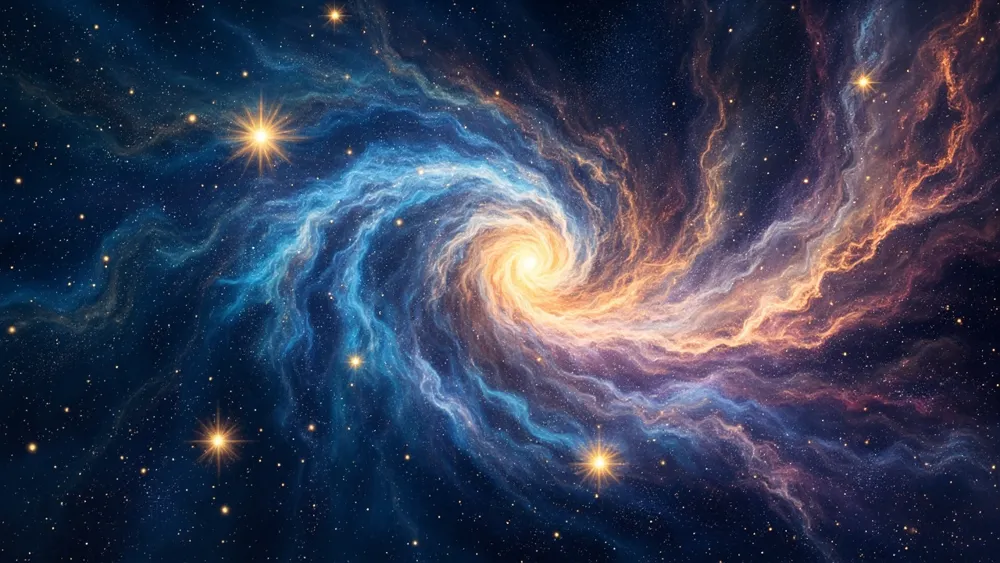Vera Rubin: First celestial image from new telescope

The unveiling of the first images from the Vera C Rubin Observatory marks a significant milestone in astronomical research. This powerful telescope, strategically located in Chile, is set to revolutionize our understanding of the cosmos, particularly in identifying potentially dangerous asteroids and uncovering new planets. With public curiosity about space exploration at an all-time high, the engagement around this revolutionary telescope is more relevant than ever, indicating a broader societal interest in the mysteries of our universe.
The Vera C Rubin Observatory harnesses an innovative three-mirror design that allows it to capture exceptional images of the nightly sky, with the capacity to detect faint distant objects. Spanning over 8.4 meters in diameter, its primary mirror collects vast amounts of light to create detailed, sharp images of celestial phenomena. The telescope’s advanced digital camera boasts a whopping 3,200 megapixels, making it capable of producing images with a clarity surpassing that of standard devices—necessary for tracking elusive objects like asteroids and even searching for Planet Nine, a hypothetical body believed to exist on the fringes of our solar system. In just the first ten hours of operation, Rubin detected over 2,100 new asteroids, illustrating its extraordinary survey capability compared to the 20,000 detected by all other surveys combined over an entire year.
Illustratively, the Vera C Rubin Observatory can be likened to an all-seeing eye that not only scans the universe consistently over a decade but also alerts scientists to changes in real-time. Its data will contribute to several areas, including mapping the Milky Way and monitoring transient objects like asteroids, which could pose a risk to Earth. For instance, the telescope will monitor asteroids that come dangerously close to our planet, such as 2023 YR4, which raised alarm earlier in the year. The implications of these findings stretch beyond immediate threats: they may enable scientists to explore the formation and behavior of our galaxy deeply, providing clues about dark matter and the very fabric of the cosmos.
In conclusion, the Vera C Rubin Observatory not only paves the way for groundbreaking discoveries but also serves as a vital tool for planetary defense. As it begins its decade-long journey of exploration, the possibilities for new findings and insights into our universe are immense. Interested readers can follow developments from the observatory and explore more about ongoing astronomical trends through resources such as NASA’s updates, the European Space Agency's publications, or scientific journals dedicated to space research.
Read These Next

One Third of Siemens IT Budget to Focus on DeepSeek Investment
Siemens CTO announced at Davos Forum 1/3 of next year's IT budget will go to DeepSeek, enhancing data management and efficiency.

Xiaomi's YU7 Car Launch Sparks Competition Among Automakers
Xiaomi's YU7 EV launches June 26, with support from Li Auto and XPeng, highlighting collaboration in the growing EV market.

Li Guoqing Exits Shares; Impact on Yu Yu's Affiliates Analyzed
Li Guoqing has withdrawn as a 27.5% shareholder of Beijing Dangdang Kewen, highlighting shifts in China's e-commerce and tech governance.
